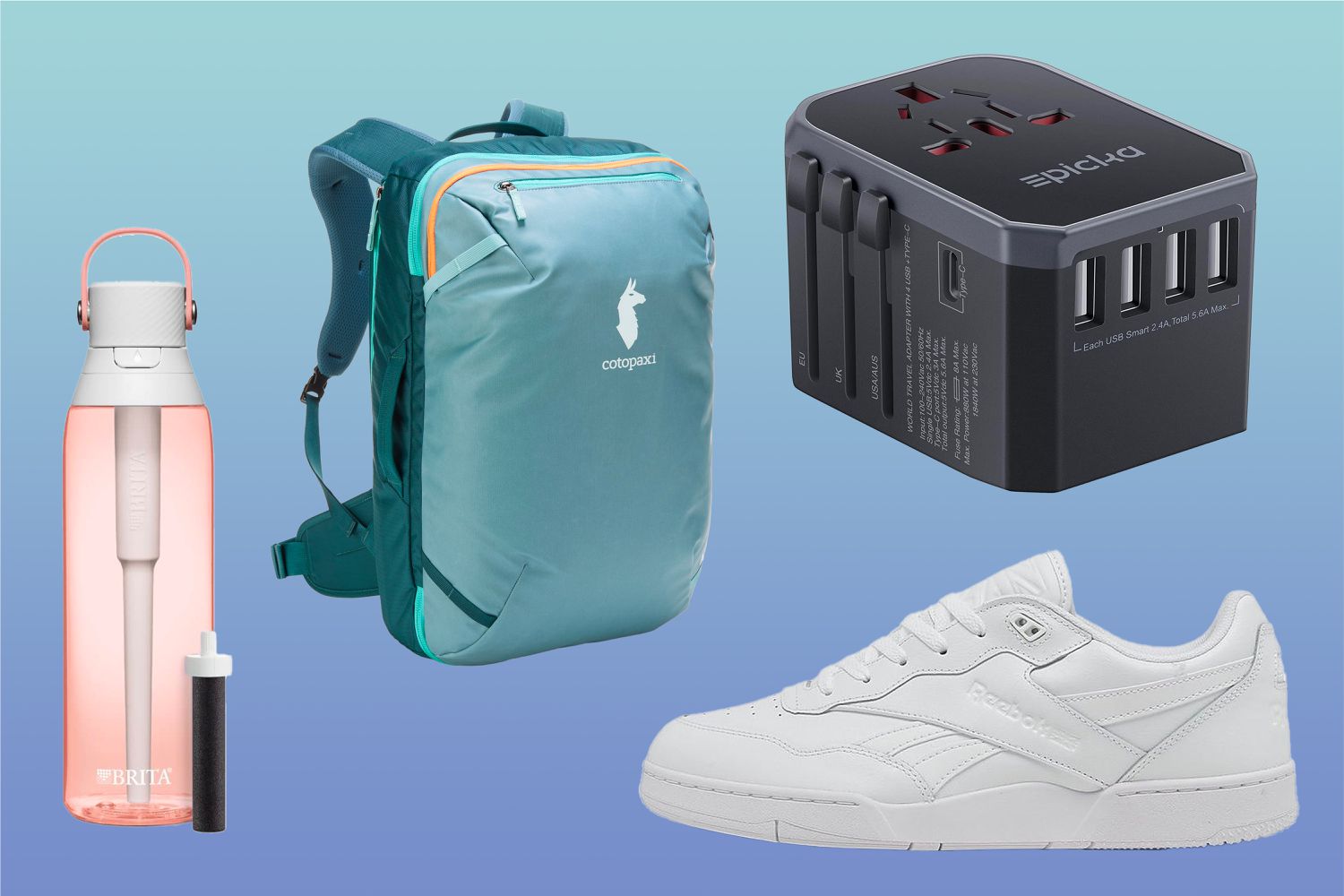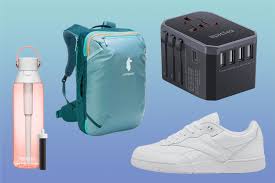Title: Alone in Australia: A List of Essential Items for Survival
When you consider a living in the isolated regions of Australia, one might wonder what items are absolutely necessary for not just surviving but thriving. Here, we delve into key supplies that can make all the difference when you’re by yourself in the vast and varied Australian outback. This list isn’t just about tools; it’s about crafting a resilient, self-sufficient lifestyle tailored to the unique challenges of Australia’s remote areas.

Navigation and Communication: When you’re on your own, understanding where you are and where you’re headed is paramount. A handheld GPS unit can be a lifesaver, providing real-time location tracking, especially when traditional maps fail. Accompany this with a good compass to navigate through landscapes where GPS signals might falter. A satellite phone or a two-way radio becomes crucial in emergencies, ensuring you’re never truly disconnected, even when alone.
Shelter and Comfort: Out in the wilderness, shelter isn’t merely a luxury—it’s a necessity. A robust, portable tent and an ultralight sleeping bag offer sanctuary from the sometimes extreme Australian weather. Remember, while the outback can sizzle under the sun, nights can turn unexpectedly chilly. Include a tarp or poncho for extra protection; they can be used as a wind barrier or a makeshift rain shield.
Food and Water: In the expansive Australian wilderness, securing a reliable food and water source is tantus. A portable water purifier or filtration system ensures safe drinking water sourced from the environment. For food, a compact stove with a supply of fuel, paired with non-perishable, high-energy foods like dried fruits, nuts, and freeze-dried meals, will keep you nourished without the need for refrigeration.
Tools for Survival: Your toolkit should be efficient and practical. A multi-tool can function as pliers, a screwdriver, knife, and more, reducing the number of items you need to carry. A robust knife is essential for countless tasks, not limited to meal preparation but also for cutting through rope or even timber.
First Aid and Emergency: An all-encompassing first aid kit should be meticulously stocked. This kit should include bandages, antiseptics, pain-relievers, and emergency treatments for injuries or bites. A fire starter set (like waterproof matches or a windproof lighter) can mean the difference between warmth or hypothermia. In case of unexpected delays or getting lost, having emergency rations like high-energy bars becomes a lifeline.
Clothing and Gear for Variable Conditions: Clothing in the Australian wilderness needs to be versatile. Choose clothing items that offer protection against the sun while also providing warmth when the cold sets in. Moisture-wicking fabrics are ideal for undergarments to keep you dry, while breathable, dust-resistant clothing guards against the elements. A quality sunhat and goggles can protect against harsh sunlight and sandstorms.
Packing for the unknown scenarios of isolation in Australia requires foresight, adaptability, and preparation. Each item needs to serve multiple purposes or be indispensable for the unique challenges you might face. While the list could continue, these essentials ensure you’re not just surviving but also equipped to enjoy your solitude in one of the world’s most magical yet challenging landscapes. Whether you’re exploring or laying low, these items will help you navigate the outback with confidence and security.



